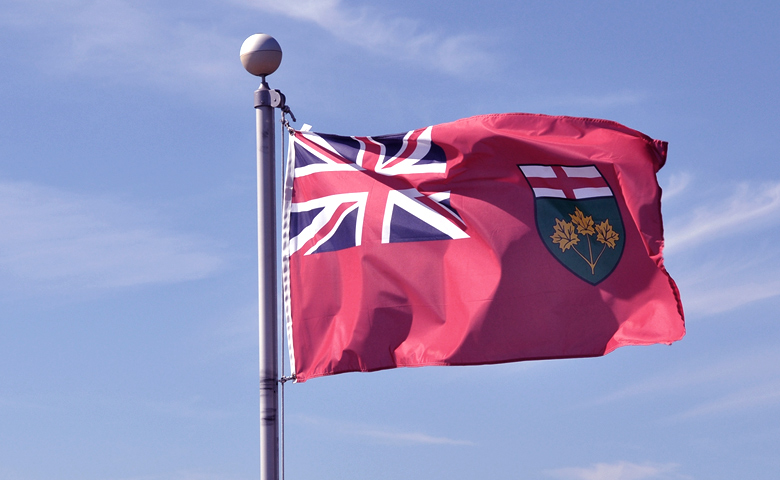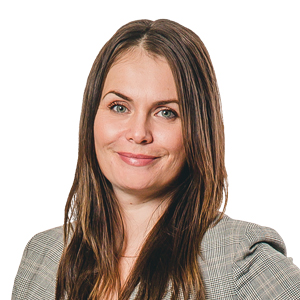Online Tax Strategies–October 2018
On June 21, 2018 the Supreme Court of the United States released its verdict on the landmark South Dakota v. Wayfair case, ruling that individual states have the ability to require that businesses collect sales taxes from consumers, should they meet a certain volume of sales in that state, regardless of whether the business itself has a physical presence in that state.
While it may seem that this ruling will only affect businesses and residents of the United States, instituting reporting requirements that are based on volume of sales as opposed to physical presence will surely mean that Canadian businesses selling to the United States will also be impacted.
Read the document below for more information.
You could also like to read
Next article
In his decision rendered at the Tax Court of Canada in favour of the taxpayer in Cameco Corporation v. The Queen, Justice John R. Owen rejected the audit positions relied on by the Minister and dealt a serious blow to the Canada Revenue Agency’s (CRA) efforts to use the 2017 edition of the OECD’s Transfer Pricing Guidelines to curb the base erosion and profit shifting (BEPS) activities of multinationals.
At issue in these proceedings were the transfer prices used by Cameco’s mining operations in Canada (Cameco Canada) during its 2003, 2005 and 2006 taxation years for uranium sold to Cameco Europe S.A. (CESA), a Luxembourg subsidiary with a Swiss branch that was later transferred to a Swiss subsidiary, Cameco Europe AG (SA, Ltd.) (CEL) (collectively, CESA/CEL). In total, the transfer pricing adjustments reassessed by the CRA would have added $484.4 million to Cameco Canada’s income. Related reassessments of future taxation years could have added an additional $8 billion to Cameco Canada’s income.
In the appeals, the Minister relied first on sham, second on the transfer pricing recharacterization rules (paragraphs 247(2)(b) and (d)) and lastly on the traditional transfer pricing rules (paragraphs 247(2)(a) and (c)). This was the first transfer pricing case in which the Minister relied on the recharacterization rules.
24 Oct 2018 | Written by :
Marie-Pierre Pelletier is a taxation expert at Raymond Chabot Grant Thornton. Contact her today!
See the profileNext article
The future of maple syrup production looks sweet. During a business transfer, financing is a crucial step which can often be accomplished via a liquidation.
Quebec proudly produces more than 100 million pounds of maple syrup each year, dominating the world production totalling 160 million pounds. This market has been evolving positively and the growth perspectives for coming years are very attractive. It’s no surprise that prosperous maple syrup businesses with state-of-the-art equipment are now highly coveted by buyers from here and abroad.
Solution for successful maple syrup business transfers
At the financing step, our experts have often used a well-planned liquidation as the solution for a successful maple syrup business transfer that takes both parties’ needs into consideration.
Sellers want to get the best price possible and deduct the maximum capital gain allowed, but they also want to retain control over the collection of their inventories held by the Fédération des producteurs acéricoles du Québec.
It’s not to the sellers’ advantage for the company to transfer inventories to them before the sale because they would be receiving a large amount at one time that could be taxed by up to 43.84%! From a tax point of view, sellers want to increase the share sale price for the current year’s inventories, but also for those of previous years, which will not be paid by the Fédération des producteurs acéricoles for several years to come. The share sale price would then be higher, and the same would apply for the capital gain deduction applicable.
As for buyers, they don’t want to finance sellers by giving them an amount equivalent to the amounts due by the Fédération, when they themselves will not receive these amounts for a long time to come. They also don’t want to continue managing transfers to the seller for years as they receive them while handling variances and additional fees, not to mention the associated litigation risks.
Inventories are therefore left with the company when the seller sells shares, but they will be given to the seller as payment for the company’s share sale price after the shares are sold. The seller will then receive the instalments directly from the Fédération.
To maximize the seller’s net after-tax cash and simplify the transition, sellers are allowed to collect, tax-free, a portion of the sale price corresponding to their inventories, up to a maximum of $1,000,000, i.e. the maximum capital gains deduction permitted. The same process may apply to other assets used in the business that the seller would like to keep.
Simplified administrative changes
The employer file and tax files with the governments and the Fédération des producteurs acéricoles du Québec belong to the company. All that’s needed is to simply change the manager’s name. Follow-ups are therefore easy since the files and identification numbers remain the same.
Every business and transfer situation is unique and requires tailored planning to obtain optimal results. We can structure a sales transaction that will enable both the seller and buyer to attain their objectives. Contact our team of experts who can help you plan the transfer of your maple syrup business.
Next article
Updated on February 19, 2024
Are you planning to sell or buy a business? Make sure you have all the information you need to calculate its value.
More often than not, a business’s value is calculated using a general, strictly mathematical rule of thumb, but it’s not that simple.
For example, some people think all you have to do is multiply benefits by five, six or seven. If you stop there, you could be in for trouble. Chances are high the buyer pays too much or the seller does not get a fair value for the shares or assets sold. Moreover, there is a significant tax risk in the context of a business transfer between related parties.
A business’s value and risk level
Consider for example, two barber shops located on the same street. They generate the same profit. So why should one of them be worth more than the other? The primary reason is the individual risk of the two businesses.
In fact, it is a business’s risk level that determines the multiple used to calculate its value as a going concern. For a risk of 20%, a multiple of 5 is used to calculate earnings (1 divided by 20%).
Even if it is only to be well prepared for a business purchase or acquisition, it’s important to qualify, justify and document the business risk appropriately. This will have a significant impact on the value of your company.
Furthermore, you will need to determine the type of report and the evaluation method that best suits your needs. Read this article to find out more.
Identifying the risk level
For an entrepreneur, knowing the risk level and how to reduce it can significantly increase the business’s value. This does not even involve increasing sales!
There are numerous risk factors. The main ones include:
- location;
- reputation;
- presence of successors and key employees;
- degree of dependence on certain customers and suppliers;
- labour shortage;
- supply (delays and shortages).
There are over a hundred risk factors to consider, some of which are industry specific.
Whether you’re a seller or a buyer, assessing business risk is a key component in calculating the business’s value.
Avoiding valuation errors
Calculating a business’s risk premium is the most difficult step that requires specialized expertise. Consider calling on a professional with business valuation expertise.
19 Oct 2018 | Written by :
Francis Boucher is a Financial Advisor expert at Raymond Chabot Grant Thornton.
See the profile




